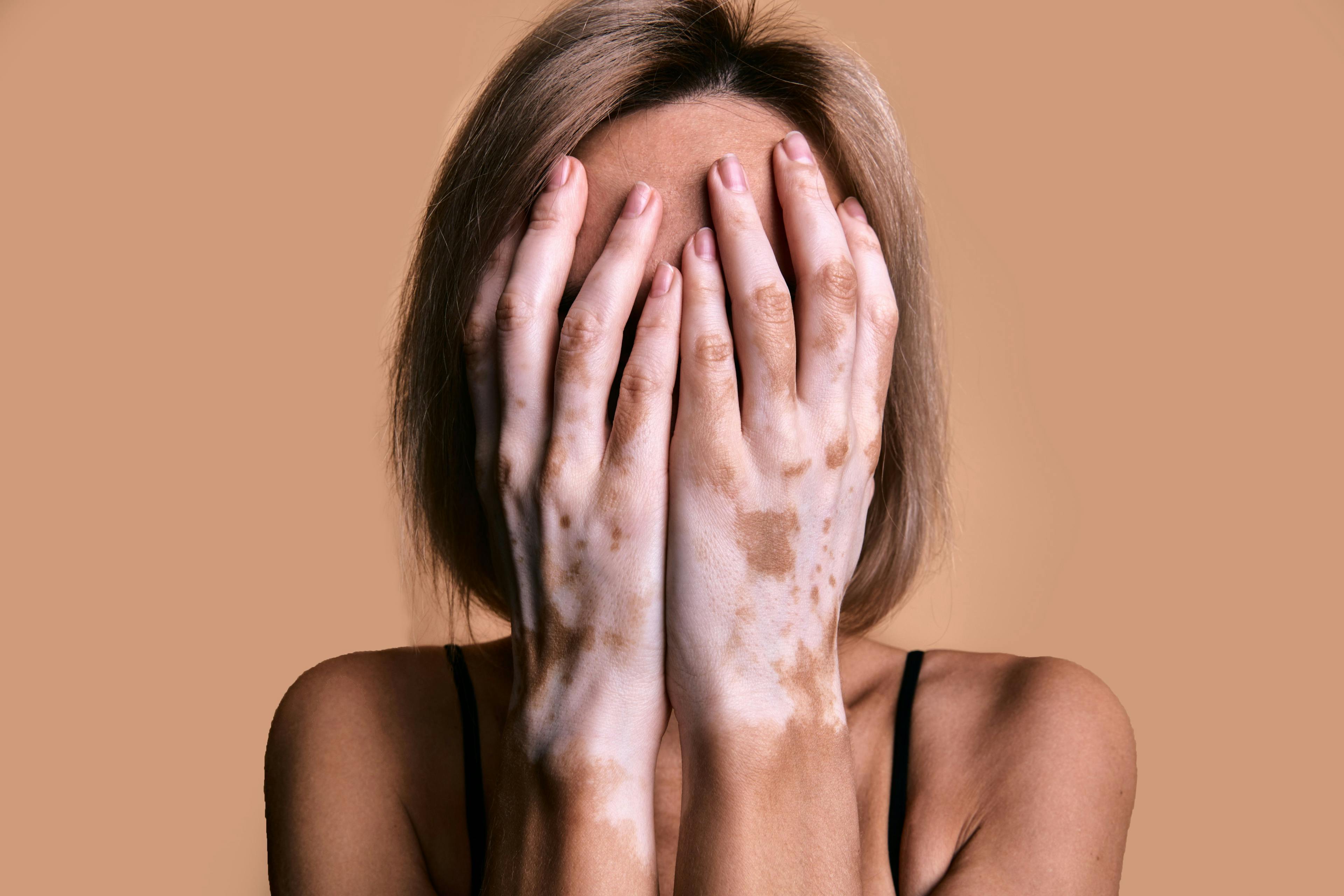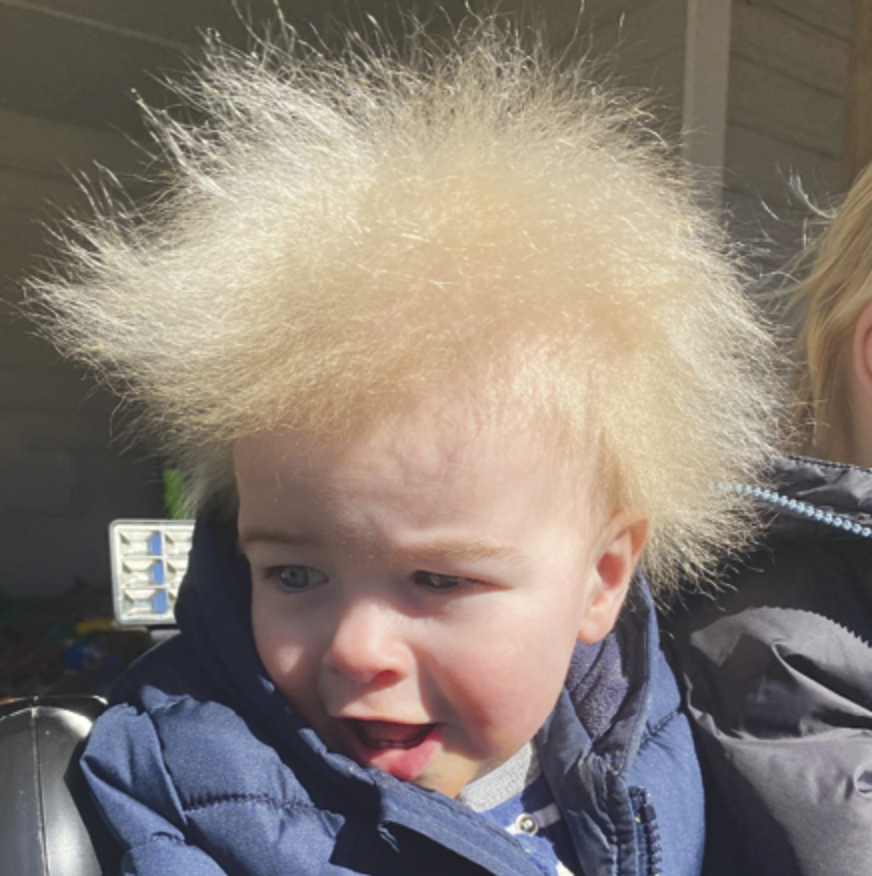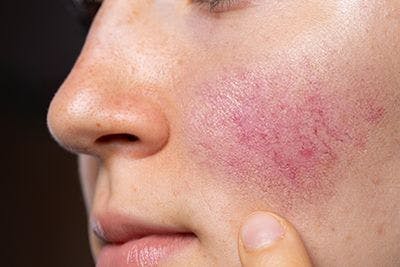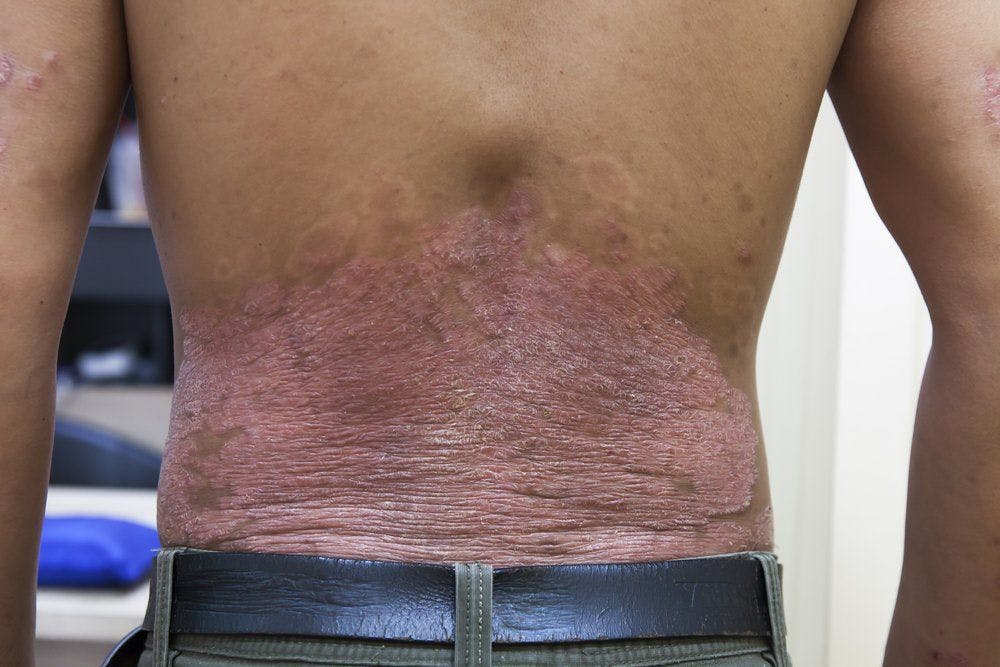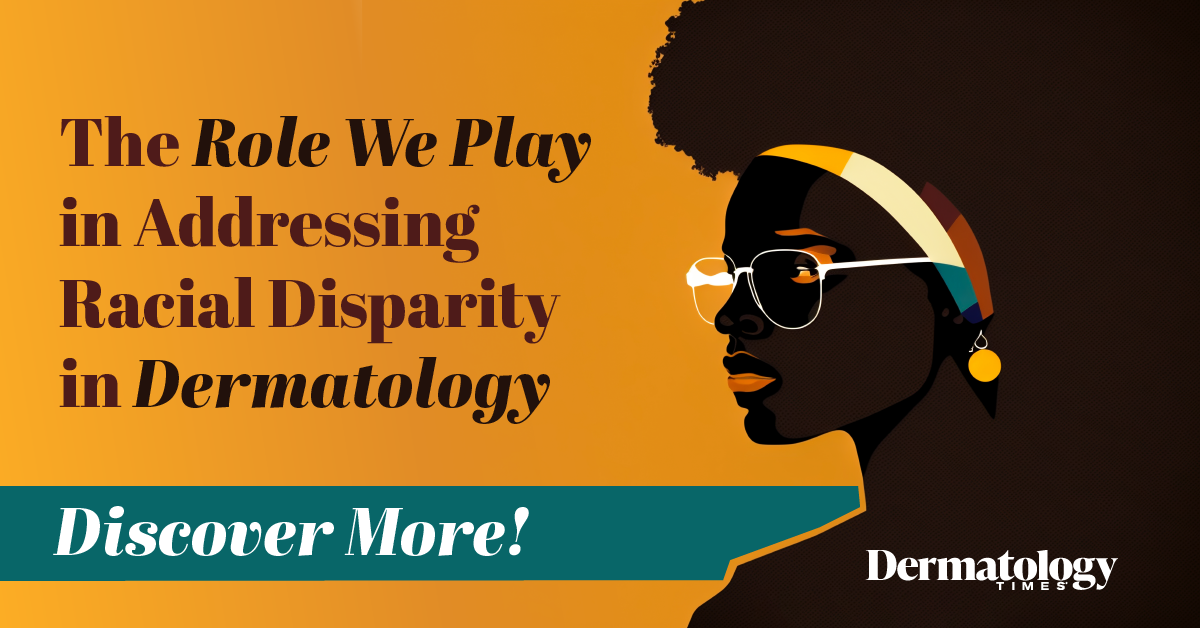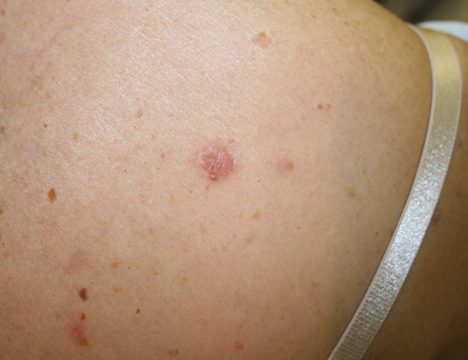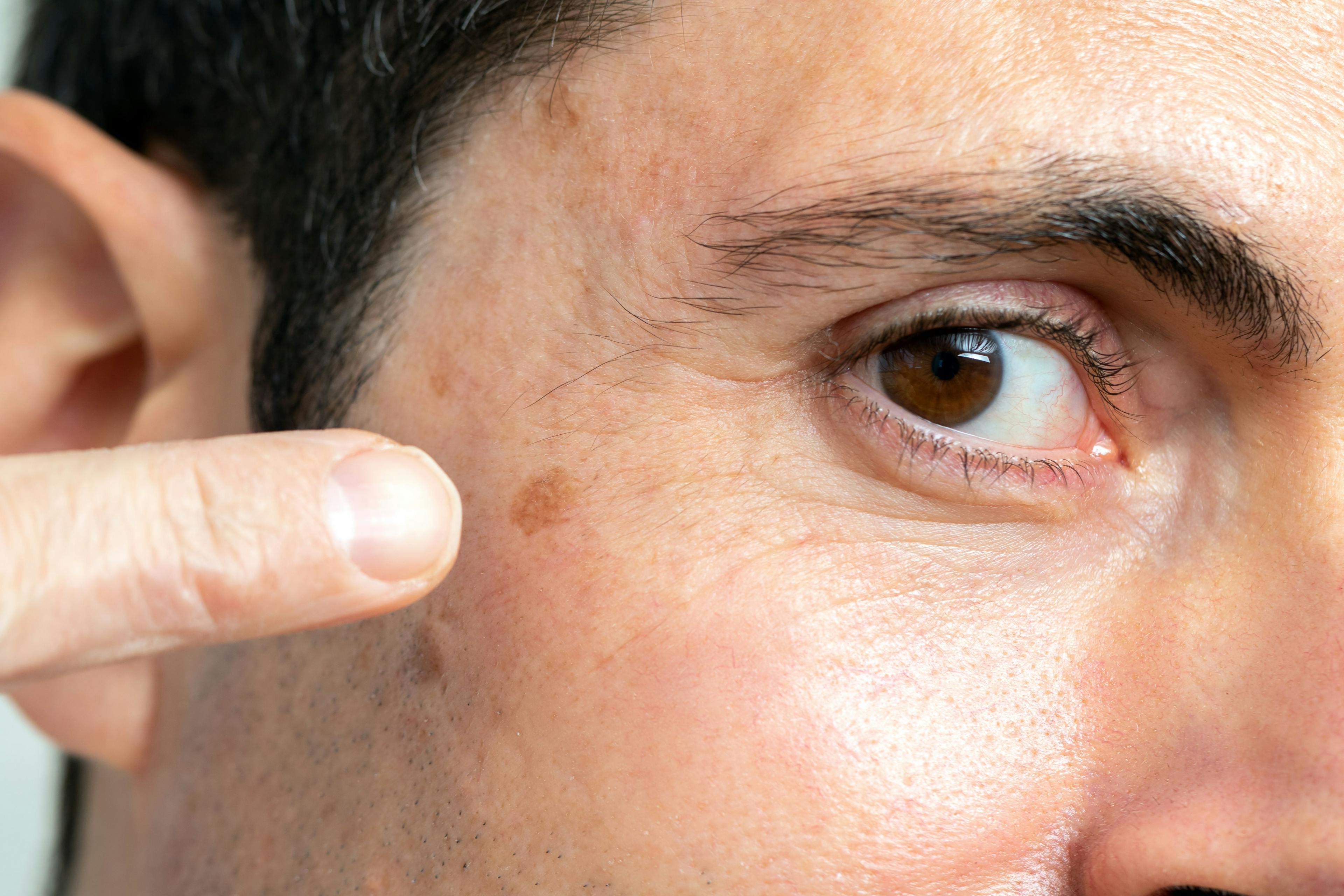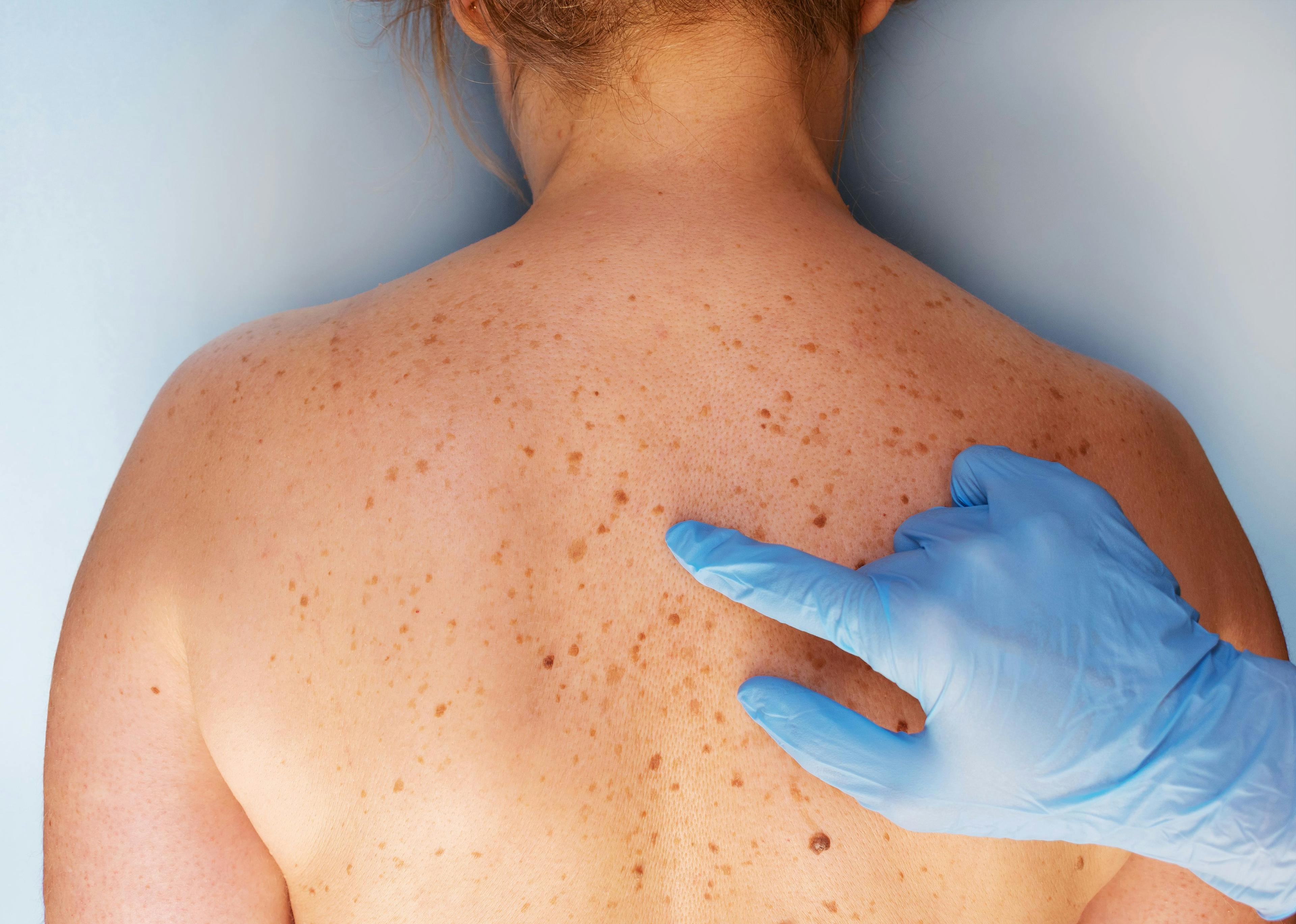- Acne
- Actinic Keratosis
- Aesthetics
- Alopecia
- Atopic Dermatitis
- Buy-and-Bill
- COVID-19
- Case-Based Roundtable
- Chronic Hand Eczema
- Drug Watch
- Eczema
- General Dermatology
- Hidradenitis Suppurativa
- Melasma
- NP and PA
- Pediatric Dermatology
- Pigmentary Disorders
- Practice Management
- Precision Medicine and Biologics
- Prurigo Nodularis
- Psoriasis
- Psoriatic Arthritis
- Rare Disease
- Rosacea
- Skin Cancer
- Vitiligo
- Wound Care
Publication
Article
Dermatology Times
Rosacea and Menopause
Author(s):
A recent study published in Clinical and Experimental Dermatology observed a link between menopause and rosacea and found that menopausal flushing can exacerbate and precipitate rosacea.
The association between hormonal and reproductive aspects in women and rosacea has been postulated for a long time. An imbalance in female hormones has been linked to a higher incidence of rosacea, which can develop under various circumstances and become aggravating during menopause and occasionally the menstrual cycle.4 A recent study published in Clinical and Experimental Dermatology observed a link between menopause and rosacea and found that menopausal flushing can exacerbate and precipitate rosacea.5
Menopause is the second largest hormonal shift after puberty for women. The hormonal changes affect various organs, particularly the skin, making the natural skin barrier more sensitive and vulnerable to irritation.1 Rosacea is a common condition among various dermatoses that affect women during perimenopause. Rosacea is a chronic, inflammatory skin condition with an increased prevalence among fair-skinned individuals of Northern European descent.2 The condition is often seen in individuals aged 30 to 60 years, primarily affecting the central face.3 Symptoms manifest in a variety of combinations and intensities, frequently shifting between aggravation and remission.
Causes
Growing research suggests that environmental and psychological factors, including bacteria, UV radiation, diet, temperature extremes, skin barrier alteration, psychological stress, and hormonal fluctuations, may trigger rosacea.6
The theory that hyperreactivity or excessive activity of the skin blood vessels might play a role in causing rosacea is based on the fact that most individuals with rosacea experience flushing episodes.7 Excessive expression of CD31 (a marker of the lymphatic endothelium) and D2-40 (a marker of the lymphatic endothelium) have also been seen in individuals with rosacea.8
The loss of estrogen and progesterone, the female reproductive hormones, causes the transition into menopause. In addition to the sex hormones, androgens and estrogens, the ovaries also produce the asexual hormones, prostaglandins. These hormones are the strongest vasomodulators that can largely trigger a response of the hemodynamic centers of the main brain at different levels, resulting in symptoms like hot flushes and rosacea. Increased prostaglandin production by the uterus in response to fluctuating estrogen levels during perimenopause is a known risk factor for developing and worsening rosacea.9
Management
Currently, there is no cure for rosacea; however, the condition can be ameliorated by adopting a combination of treatment modalities and an appropriate skin care routine.
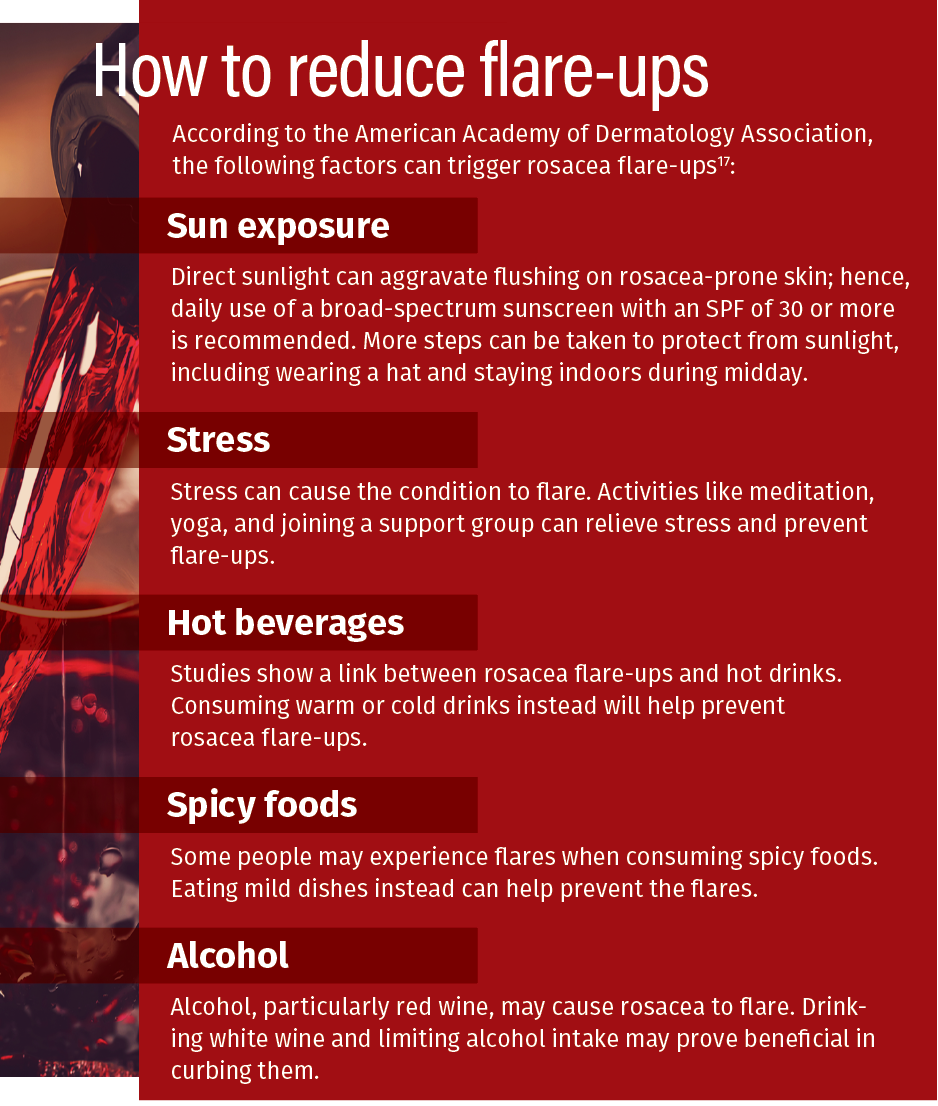
Hormonal Therapy
Hormonal balance is an essential factor in reducing rosacea outbreaks. Similarly, the hot flashes that many women experience after menopause can be a precipitating factor in the development of rosacea. Hormone replacement therapy is useful for postmenopausal women because it can help balance hormones and reduce both the frequency and intensity of hot flashes and rosacea.10 The use of bioidentical hormones and other drugs can reduce inflammation, lessening the intensity of rosacea. Because of their anti-inflammatory properties, antihistamines may also help treat the condition. In addition, the emotional side effects of menopause can be treated with antidepressants, which may lessen the likelihood of stress-induced rosacea flare-ups.11
Oral Drugs
Oral medicines with vasoconstrictive effects such as adrenergic antagonists like mirtazapine (β-blocker), propranolol (β-blocker), or carvedilol (β-blocker)may be used to treat hot flushes and rosacea.12 Owing to their potential side effects, such as hypotension, insomnia, tiredness, and bronchospasm, they are often administered at very low dosages and should only be prescribed by medical professionals; moreover, patients taking them must be closely monitored. Clonidine, an oral α-2 agonist, can also be used to treat rosacea. While systemic α-2 agonists can be effective, topical formulations are usually recommended to prevent potential side effects. It has been shown that brimonidine, a topical α-2 agonist, can diminish rosacea for up to 12 hours by direct cutaneous vasoconstriction. Antibiotics such as minocycline, doxycycline, erythromycin, clarithromycin, and clindamycin can also be taken orally to treat papulopustular rosacea. Moreover, oral isotretinoin can be used to treat papulopustular rosacea as well as phymatous rosacea.13
Topical treatment
Metronidazole, azelaic acid, ivermectin, dapsone, and brimonidine are all topical treatments for rosacea. As an anti-inflammatory agent, metronidazole acts by inhibiting reactive oxygen species and changing neutrophil chemotaxis. Multiple clinical trials have demonstrated that metronidazole 0.75% can help people with moderate to severe rosacea by reducing erythema, papules, and pustules.14 In most cases, it causes only mild, locally impacting side effects, including skin irritation, and is thus easily tolerated. However, patients with mild to severe rosacea may benefit from using ivermectin (1% cream)15 once daily for up to 4 months; if necessary, a new course of treatment can be started. An over-the-counter topical formulation of azelaic acid with anti-inflammatory, anti-keratinizing, and antibacterial actions is effective in treating rosacea. Once- or twice-daily application of azelaic acid 15% gel or 20% lotion is recommended. Although skin irritation is a possible side effect of azelaic acid treatment, the drug is generally safe and well tolerated. Dapsone, a sulfone antibiotic, has anti-inflammatory effects when used topically. Although it has long been used in the United States for rosacea, it was recently licensed in Australia to treat acne. Dapsone 7.5% gel can be used once a day for up to 12 weeks.14
Laser Therapy
Laser therapy, including vascular lasers or intense pulse light, may help reduce refractory background erythema and clinically significant telangiectases; however, the therapy has no effects on the frequency of flushing episodes. Different laser therapies that target the vessels have been used, such as 595-nm pulsed dye laser, Nd:YAG, and other vascular lasers, or intense pulsed light therapy. The number of sessions and length of treatment vary for each individual.16
References
1. Bansal R, Aggarwal N. Menopausal hot flashes: a concise review. J Midlife Health. 2019;10(1):6-13. doi:10.4103/jmh.JMH_7_19
2. Bakulev A, Bakuleva MV. About the connection of rosacea-like dermatitis and rosacea. Vestn Dermatol Venerol. Published online November 30, 2022. doi:10.25208/vdv1376
3. Gallo RL, Granstein RD, Kang S, et al. Standard classification and pathophysiology of rosacea: the 2017 update by the National Rosacea Society Expert Committee. J Am Acad Dermatol. 2018;78(1):148-155. doi:10.1016/j.jaad.2017.08.037
4. Rivero AL, Whitfeld M. An update on the treatment of rosacea. Aust Prescr. 2018;41(1):20-24. doi:10.18773/austprescr.2018.004
5. Kamp E, Ashraf M, Musbahi E, DeGiovanni C. Menopause, skin and common dermatoses. Part 2: skin disorders. Clin Exp Dermatol. 2022;47(12):2117-2122. doi:10.1111/ced.15308
6. Bullens K, Holt I, Metzler-Wilson K, Wilson T. Sympathoexcitation causes differing responses in supraorbital vs. peripheral skin nerves: implications for rosacea. FASEB J. 2021;35(suppl 1). doi:10.1096/fasebj.2021.35.s1.02123
7. Sun L, Wang X, Zhang Y, Wang T, Li X, Ma Y. The evaluation of neural and vascular hyper-reactivity for sensitive skin. Skin Res Technol. 2016;22(3):381-387. doi:10.1111/srt.12278
8. Yuan X, Li J, Li Y, et al. Artemisinin, a potential option to inhibit inflammation and angiogenesis in rosacea. Biomed Pharmacother. 2019;117:109181. doi:10.1016/j.biopha.2019.109181
9. Wu WH, Geng H, Cho E, et al. Reproductive and hormonal factors and risk of incident rosacea among US White women. J Am Acad Dermatol. 2022;87(1):138-140. doi:10.1016/j.jaad.2021.06.865
10. Geng H, Cho E, Drucker A, Parulkar I, Qureshi A, Li W. Reproductive and hormonal factors and risk of rosacea in US women. J Invest Dermatol. 2017;137(5):S33. doi:10.1016/j.jid.2017.02.208
11. Bocharov VA. Role in the development of rosacea special female genital center: part I. Dermatovenerology and cosmetology. 2020;1(4). doi:10.26886/2523-6946.1(4)2020.2
12. Rosso JQ, Draelos ZD, Effron C, Kircik LH. Oral sarecycline for treatment of papulopustular rosacea: results of a pilot study of effectiveness and safety. J Drugs Dermatol. 2021;20(4):426-431. doi:10.36849/jdd.5923
13. Yang F, Wang L, Shucheng H, Jiang X. Differences in clinical characteristics of rosacea across age groups: a retrospective study of 840 female patients. J Cosmet Dermatol. 2022;10.1111/jocd.15470. doi:10.1111/jocd.15470
14. Dall’Oglio F, Nasca MR, Micali G. Emerging topical drugs for the treatment of rosacea. Expert Opin Emerg Drugs. 2021;26(1):27-38. doi:10.1080/14728214.2021.1887138
15. Ali ST, Alinia H, Feldman SR. The treatment of rosacea with topical ivermectin. Drugs Today (Barc). 2015;51(4):243-250. doi:10.1358/dot.2015.51.4.2318439
16. Bernstein EF, Schomacker K, Paranjape A, Jones CJ. Pulsed dye laser treatment of rosacea using a novel 15 mm diameter treatment beam. Lasers Surg Med. 2018;50(8):808-812. doi:10.1002/lsm.22819
17. How to prevent rosacea flare-ups. American Academy of Dermatology. Accessed January 4, 2023. https://www.aad.org/public/diseases/rosacea/triggers/prevent
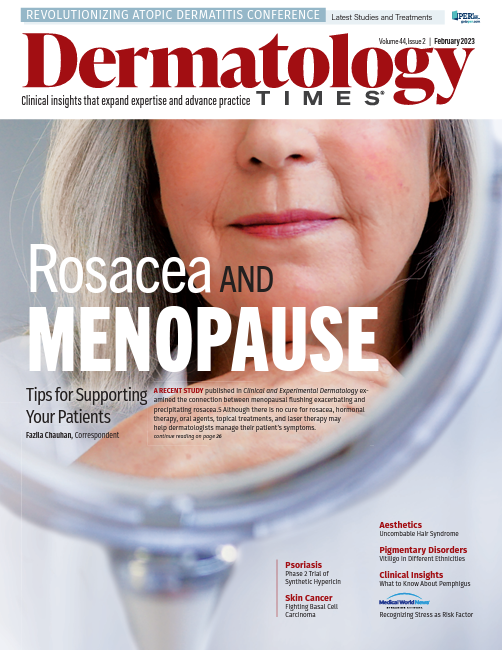
Newsletter
Like what you’re reading? Subscribe to Dermatology Times for weekly updates on therapies, innovations, and real-world practice tips.

